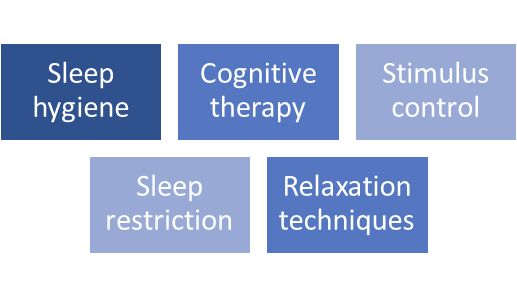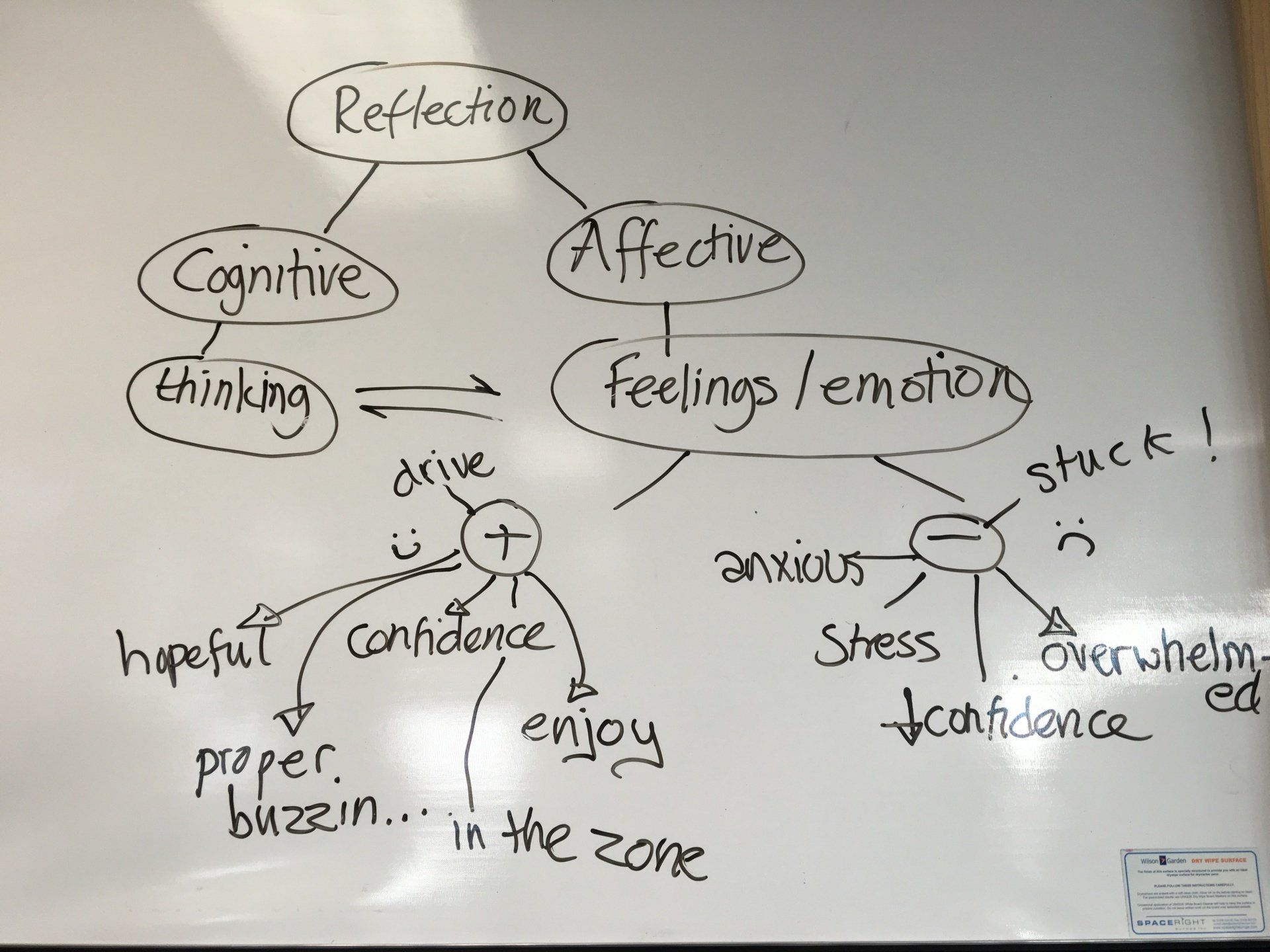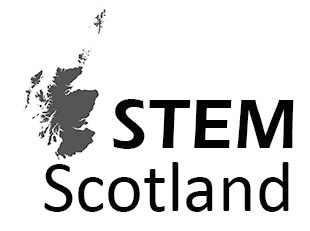
Guest Blog
Panda or pandemic? The Case for STEM
STEM is a handy acronym. A stem suggests strength, something with roots, not some casual collection of curiosities padding out a syllabus. But is there a root behind the stem? What is it about science, technology, engineering and maths that sets them apart from other pursuits?
We understand science as a discipline, a method of separating the wheat of truth from the chaff of hoaxes, wishful thinking, unbridled speculation and dated, dogmatic falsehood. Technology, engineering and maths, as the cousins of science, also spare little time for fictions. If your engineering is unsound your bridge will not stand up. If your technology is flawed your phone will not connect to the network. All the maths professors in the world cannot make two plus two equal five, although a poet might stand a chance.
STEM’s honest, uncluttered, incorruptible relationship with the Universe produces a binary result for all of humanity, for all time: true or false, and this is the root of our stem. The writer of fiction deals in constructs that permit two and two to equal five. In Orwell’s 1984, Winston Smith is brainwashed by his government into believing just that, but therein lies the strength of our stem and its importance to the world. The teaching of STEM in schools is our pushback against unchecked propaganda. The lines we draw on our blackboards: equals, greater than, less than, are lines beyond which no power of politics or dishonest persuasion can pillage. They are the impenetrable barriers of reason. Institutions who find inconvenient the findings of STEM may try to diminish their significance, but as long STEM retains our full-hearted support they cannot makes us accept doctored data and distorted claims because a mind that upholds the principles of STEM can never be persuaded that two plus two equals five. Those who are taught to value the truth will become the guardians of truth.
More than a defense against the dark arts, the trusty reality check of STEM allows us to build upon past successes and maintain momentum. When enough steps are taken along this path of discovery, the result is civilisation. Our species is littered by cultures that, minus any tool to test their instincts or beliefs, could not summon a good harvest, for example, no matter how many sacrificial offerings they gave to unverified gods. We are the civilization that embraced reason and did not perish. We the success story, the achievers, the A- and B-students of homo sapiens, the followers of Newton, of Einstein, of Darwin and Hubble. We have come far since those hopeful offerings to ineffectual gods, but our journey has barely begun.
STEM, then, as our sword of truth and shield against fakery, is both the builder of civilization and our hedge against tyranny. It is our compass in the fog and our well-lit door, showing the way when our politics goes astray. It spares us today from the futile pursuit of what can never work by guiding us towards the promise of what might work tomorrow. The lessons of history are as clear as our understanding of the rainbow: embrace STEM and save the panda; devalue STEM and invite a pandemic. By choosing the former, our forebears discovered germ theory and doubled our lifespan. We honour their wisdom by accepting the torch of reason that they once lit. Just as STEM was their gift to us, so it will be our gift to future civilisations both in ways we intend and in ways we cannot yet calculate.






